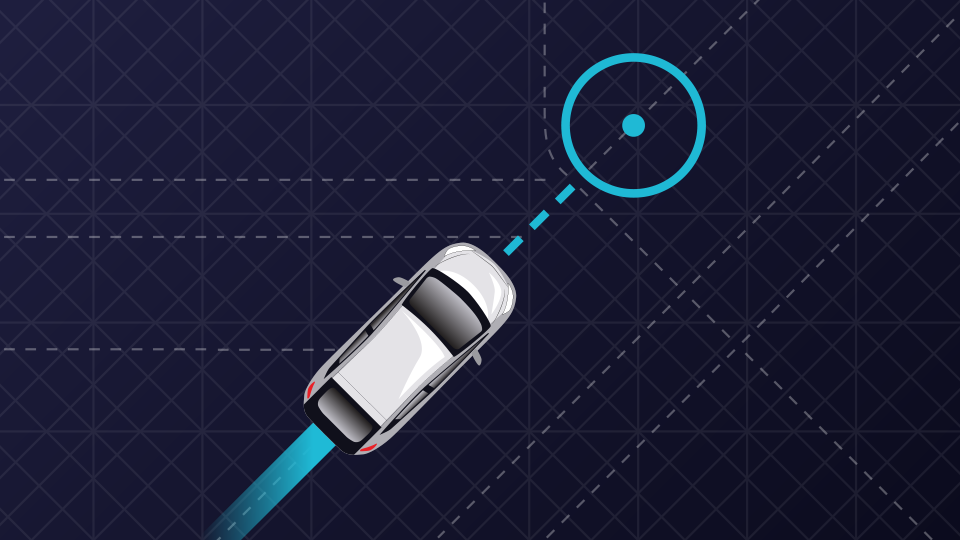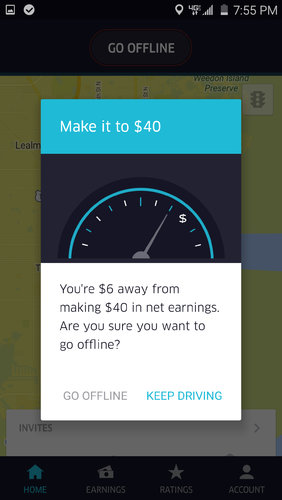It’s become second nature – you order a cab, and a driver dutifully glides over in minutes. But to get the driver to your doorstep, companies are using a tremendous amount of data, insights – and even psychology.
Uber has been using gamification and psychological techniques in order to make sure that drivers use their apps for long periods, a New York Times report has revealed. Uber relies heavily on drivers being online as long as possible to cut wait times for passengers and provide reliable service. It compensates drivers well for spending time on the road – Uber drivers’ bonuses are structured to reward drivers who complete more rides. But apart from the financial incentives, Uber also uses clever psychological tricks to ensure spend lots of time on its app.

1. Next fare intimation: Even before a driver’s ride is over, Uber now sends a message to its drivers details about their next ride, and the approximate amount of money they’ll stand to make. Having seen a new ride be created before the previous one is over makes the yet unearned income feel real, making it less likely for drivers to log out. Experts say that this is similar to the psychology of binge watching shows on Netflix – even before an episode is over, Netflix queues up a new one, making for much longer viewing times.
2. Earning goals: When drivers try to log out of their app, Uber sends a message like “You’re $10 away from making $330 in net earnings. Are you sure you want to go offline?” It is followed by two options – “Go offline” and “Keep driving.” Cleverly, the “Keep driving” option is highlighted by default. The net earnings “goal” can be completely random, or based on a driver’s performance on a previous week – but it’s not chosen by the driver. Seeing a number pop up, though, makes it more likely that drivers stay online for longer to achieve it.
3. Fake female personas: Uber’s driver population is overwhelmingly male, and the company discovered that drivers respond better to messages from women than from men. In certain markets, Uber’s representatives send drivers manual messages directing them to where surge areas are. In these markets, Uber created fake female personas to make sure the drivers were more receptive to their messages.
4. Graphics: Uber realized that people found it easy to be addicted to games – why couldn’t they become similarly addicted to driving for Uber? Uber’s driver app uses videogame-like graphics to get drivers to reach their targets. For instance, this odometer shows the driver is tantalizingly close to his goal of $40 – yet is not quite there. The $ sign, though, is within striking distance, and drivers tend to drive longer hours in order to get there.

5. Badges: And it’s not just the graphics where the Uber driver app is inspired by videogames. Drivers can earn badges for achievements like Above and Beyond, Excellent Service and Entertaining Drive. And Uber makes these badges interesting – the Above and Beyond badge is denoted on the app by a cartoon of a rocket blasting off, while the Excellent Service badge is marked by a picture of a sparkling diamond. While these badges don’t translate into any money, studies show that such inducements can help drivers perform behaviours that the company desires.
And anyone who’s played videogames will immediately recognize the Pavlovian desire to collect bright shiny trophies, or find princesses stuck in castles. Uber’s turned its drivers app into one large playground, and drivers across the world are playing in droves.
